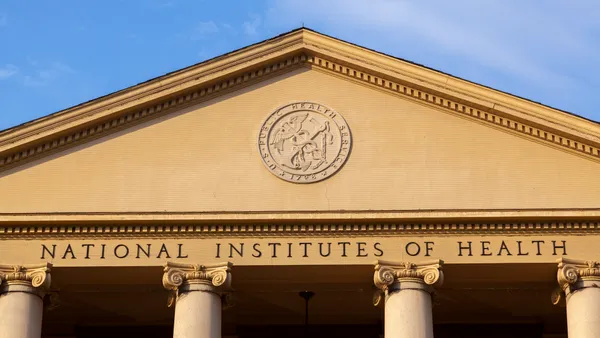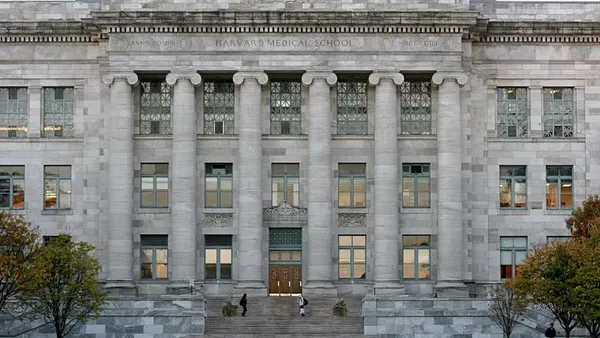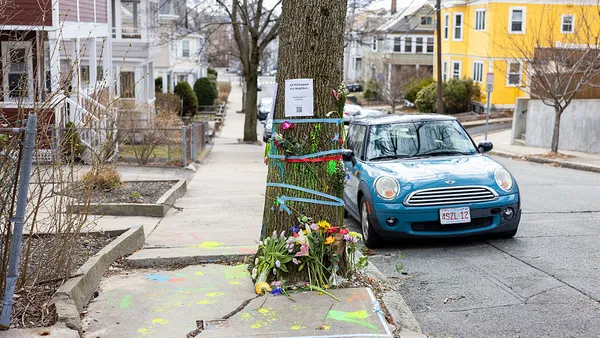Dive Brief:
- The federal Pell Grant program will see a significant funding shortfall over the next decade unless changes are made, according to an analysis from the Committee for a Responsible Federal Budget, a fiscal policy think tank.
- Closing the shortfall will require increased federal spending, smaller awards, tighter eligibility rules or a combination of the three, researchers said. They predict benefits would need to be reduced by 10% or funding raised by 12% in order to close the budget gap under their best-case scenario, a $35 million shortfall over the next decade.
- Many higher education experts have championed expanding the Pell Grant program by doubling the maximum award or expanding eligibility to short-term programs. Although the latter policy is still before Congress, other expansions could be a difficult sell to lawmakers due to the predicted costs.
Dive Insight:
Under CRFB’s base scenario, increased awards, changes to the federal aid formula and anticipated Pell enrollment growth mean the cost of the program will grow to $29 billion this year. It would rise even further over the decade.
If Congress maintains current funding levels — which already fell short of costs last year — the Pell Grant program could burn through its reserves by 2026 and see a shortfall of almost $35 million over the next decade, the think tank said.
Additional policy decisions could further widen that gap. For example, if the maximum award grows with inflation, costs would continue to increase each year, CRFB noted. The gap would also grow if Congress cuts funding in line with last year’s debt ceiling deal.
In researchers' most extreme scenario, the combination of those policy decisions would lead to a budget shortfall of $95 billion. Closing that gap would require a 25% spending reduction or 36% funding increase.
The CRFB's findings are likely to frustrate advocates for Pell expansion. They say broadening the program could increase college access and encourage prospective students' pursuit of higher education.
In recent years, college access advocates have called for doubling the maximum Pell award as a way to encourage college-going and lower costs for students. Lawmakers increased the maximum award by $500 in fiscal 2023, bringing it to $7,395. And federal legislation reinstated Pell eligibility for people in prisons beginning in 2023.
Amy Laitinen, senior director of higher education policy at the left-leaning think tank New America, said an expansion of the award this year is unlikely. And the funding shortfall might come as soon as next year, she said, depending on the president’s budget proposal.
“It’s not surprising this is happening,” she said. “But what’s surprising to me is that the adults in the room aren’t dealing with the fiscal health of this program.”
Congress is poised to vote at the end of this month on expanding Pell eligibility to programs shorter than 15 weeks, which would also add to program costs, Laitinen said.
New America has argued against that policy, often called “short-term Pell,” because of what its researchers say are poor program outcomes.











